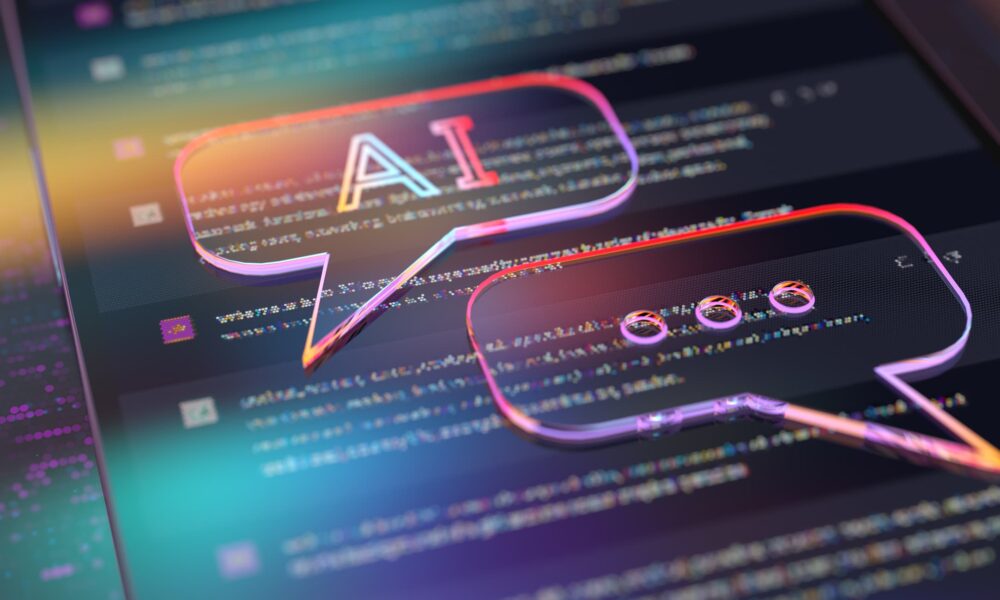Tech
Blockchain, the technology behind bitcoin, can be used to track AI training data

- Blockchain could be used to keep tabs on the data on which artificial intelligence models are trained to avoid problems such as bias, executives told CNBC at the World Economic Forum in Davos.
- One concern with AI models, of the kind that applications like ChatGPT rely on, is that the data they are trained on could contain bias or misinformation.
- AI training data can be fed into the blockchain. This will allow developers of the AI system to track the data on which the model was trained to mitigate such dangers, the executives added.
Vertigo3d | E+ | Getty Images
DAVOS, Switzerland — Blockchain could be used to prevent biases in the data on which artificial intelligence models are trained — and that could be a “killer use case” for the technology, executives told CNBC.
One concern about AI models, the kind that applications like ChatGPT rely on, is that the data they are trained on could contain bias or misinformation. This means that the answers an AI system could provide would contain such biases and false information.
Blockchain arrived on the market in 2009 with the launch of the bitcoin cryptocurrency. In the context of bitcoin, the technology is an immutable and tamper-proof public ledger of transactions. Companies have sought to use these principles in other applications for blockchain, which is sometimes called distributed ledger technology.
In the case of artificial intelligence, training data can be fed into the blockchain. This will allow the developers of the AI system to track the data on which the model was trained.
Casper Labs, a business-focused blockchain company, teamed up this month with IBM to create such a system.
“In the product that we’re developing, the datasets are actually audited and stored on the blockchain so that we have proof of how the AI is trained,” Medha Parlikar, chief technology officer and co-founder of Casper, told CNBC Labs, during a panel discussion at the World Economic Forum in Davos this week.
“And so as you use the AI, if it’s learning and you find that the AI is starting to hallucinate, you can actually reset the AI. And so you can undo some of the learning and go back to an earlier version of the AI.”
Hallucinations generally refer to when an AI system provides false information.
Blockchain has been a technology that has been talked about for many years, and a number of industries, from finance to healthcare, have been looking for ways to use it.
Sheila Warren, CEO of the Crypto Council for Innovation, said, however, that a blockchain-based AI-powered training data registry could be the “killer use case” for the technology.
“I actually think that the verification of an AI and sort of the checks and balances… within an AI system, will be driven and supported by blockchain,” Warren told CNBC during the panel.
